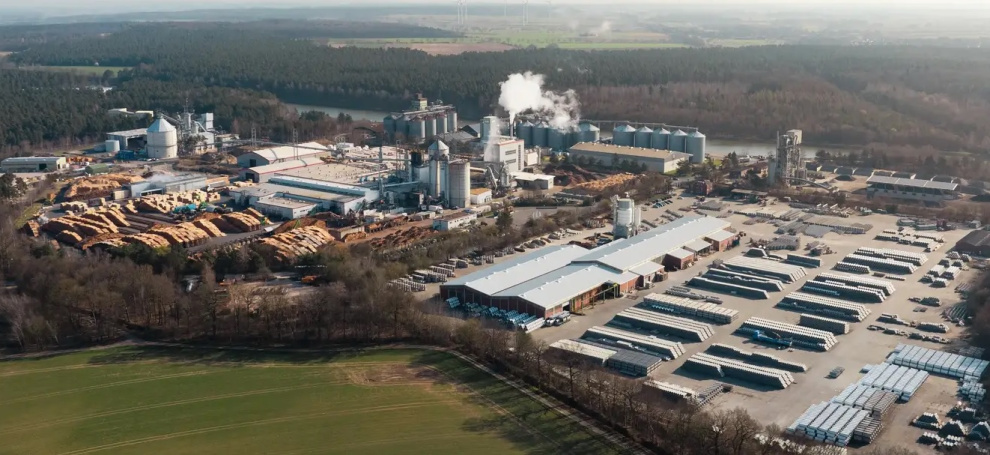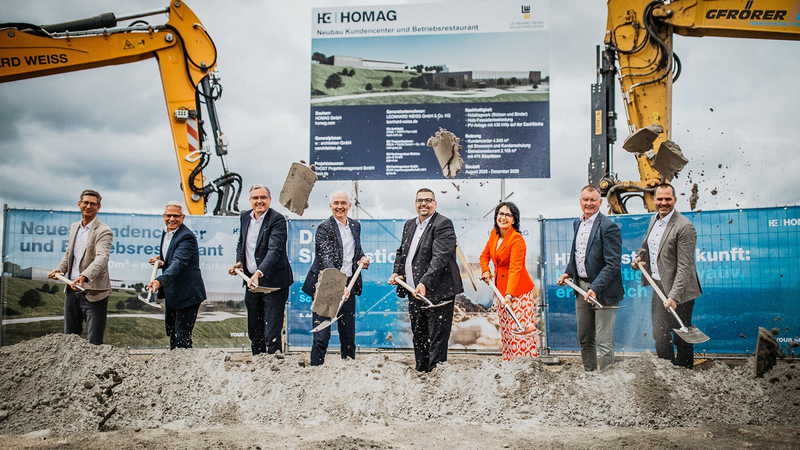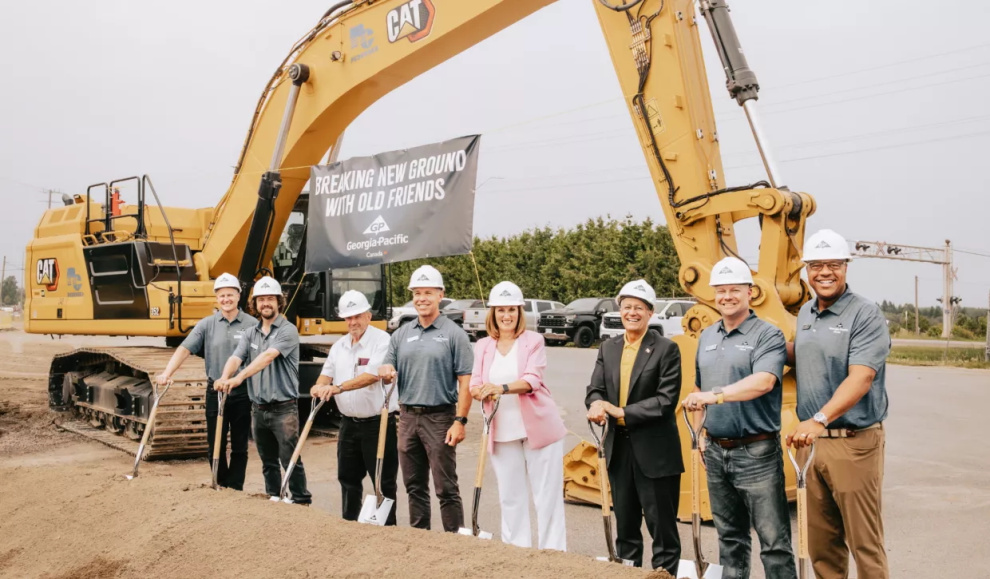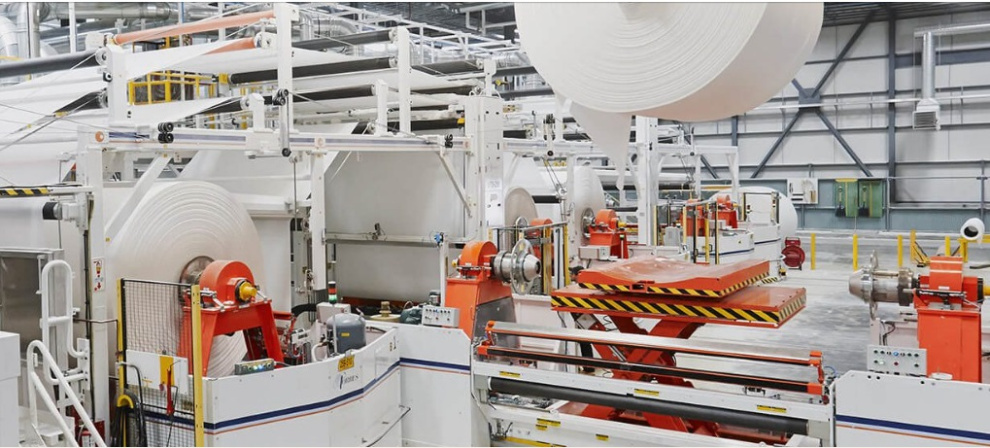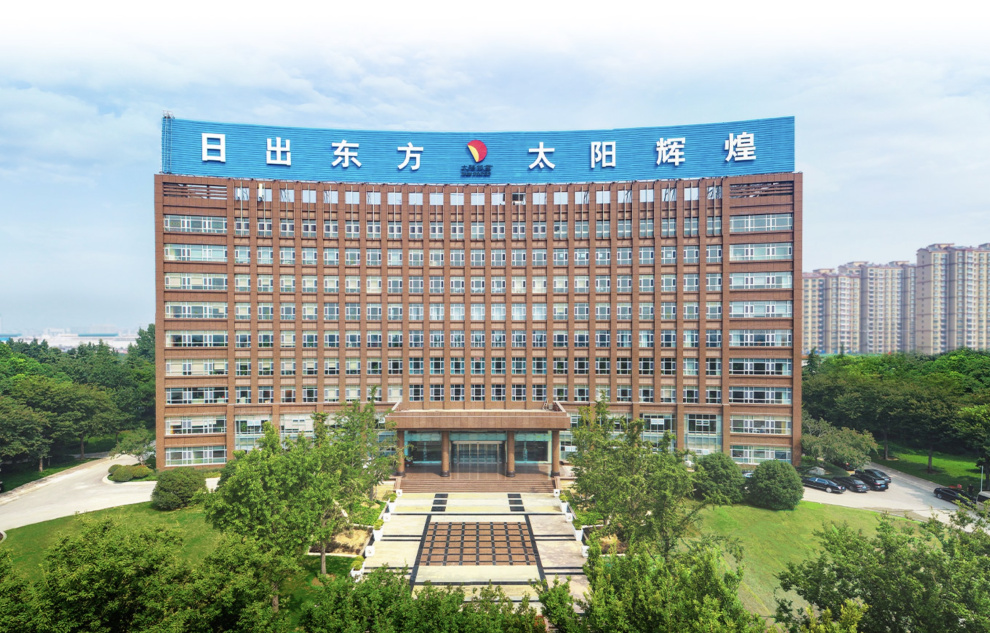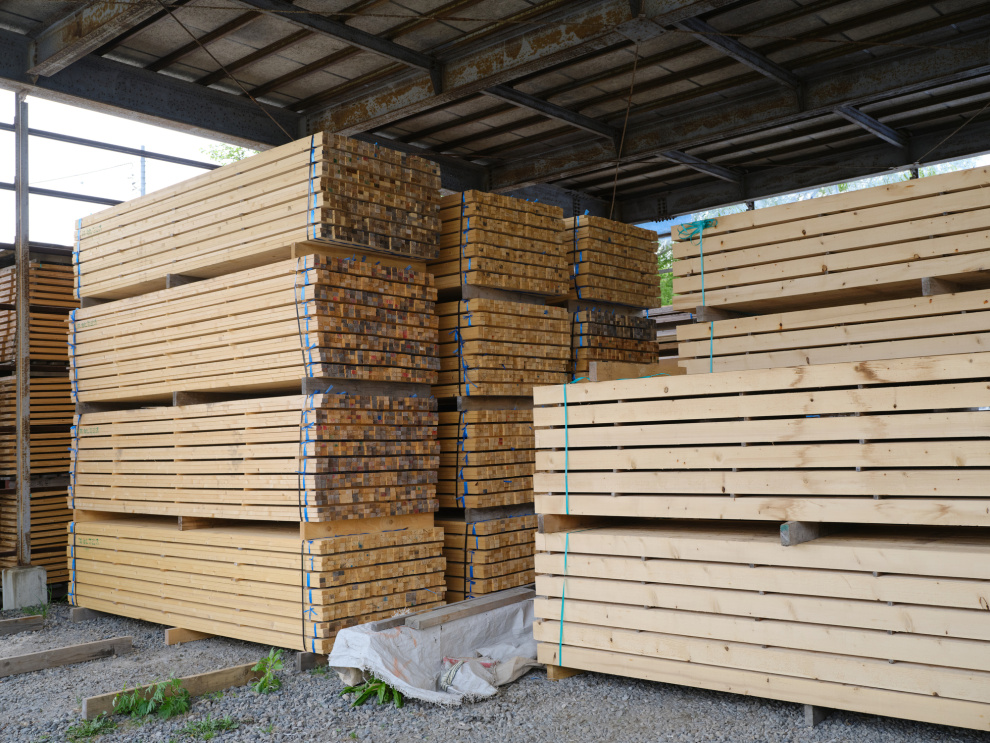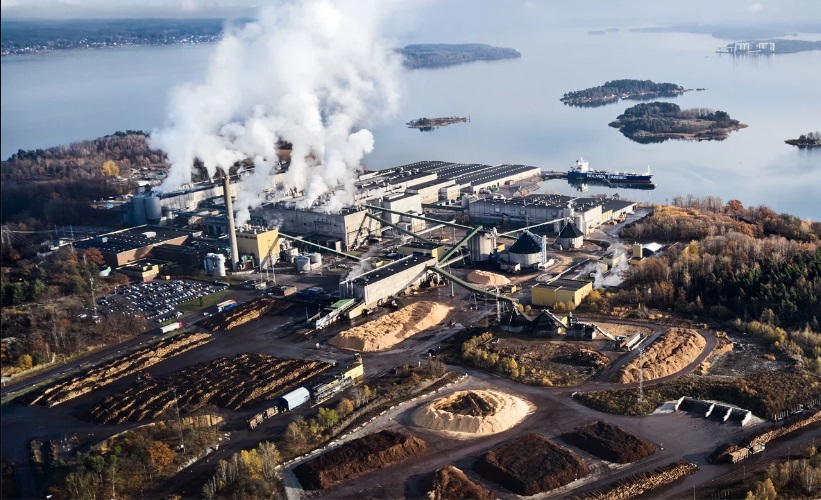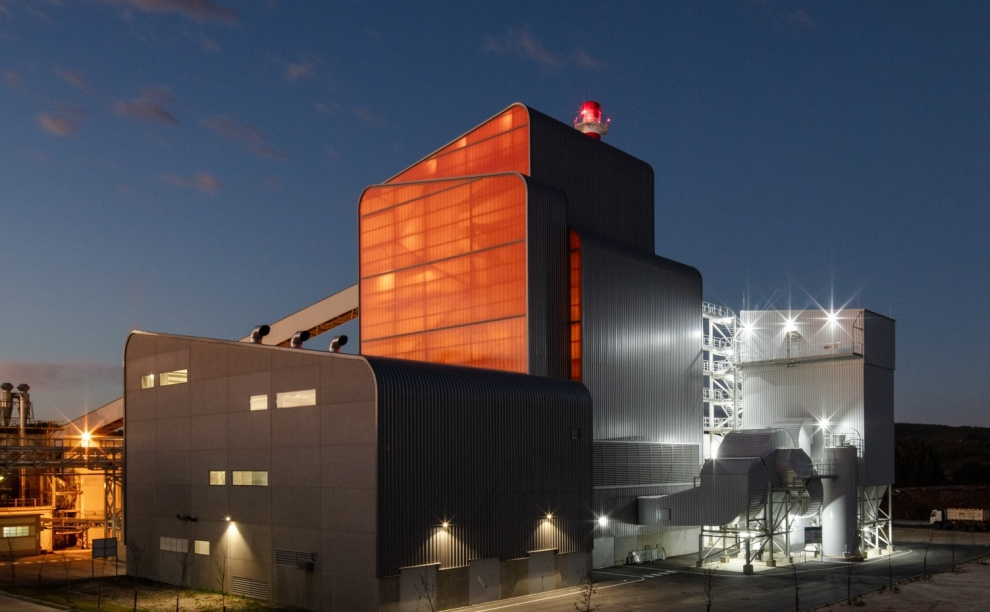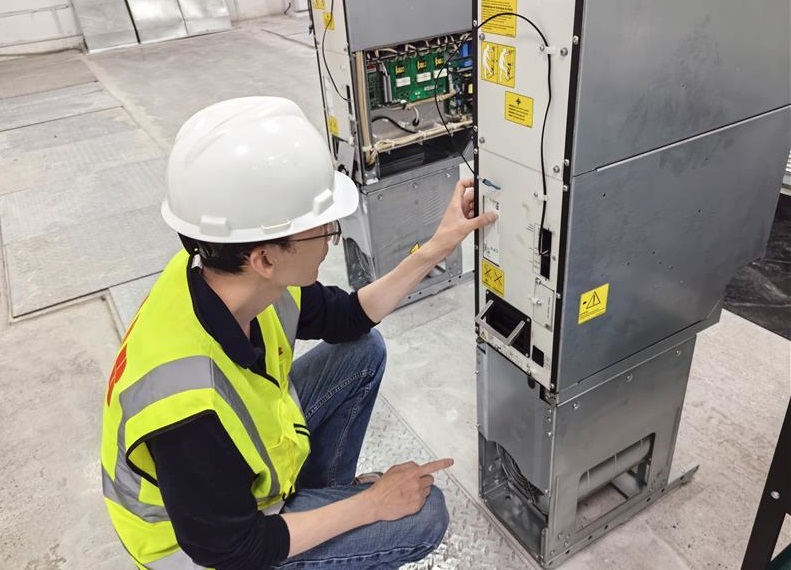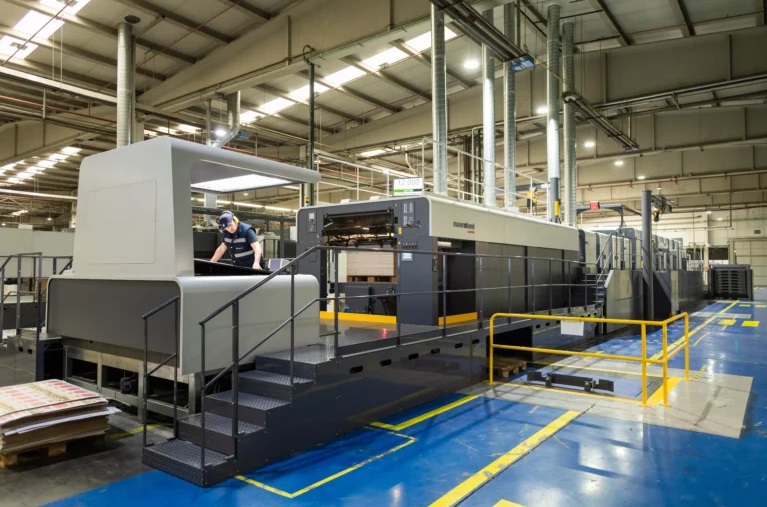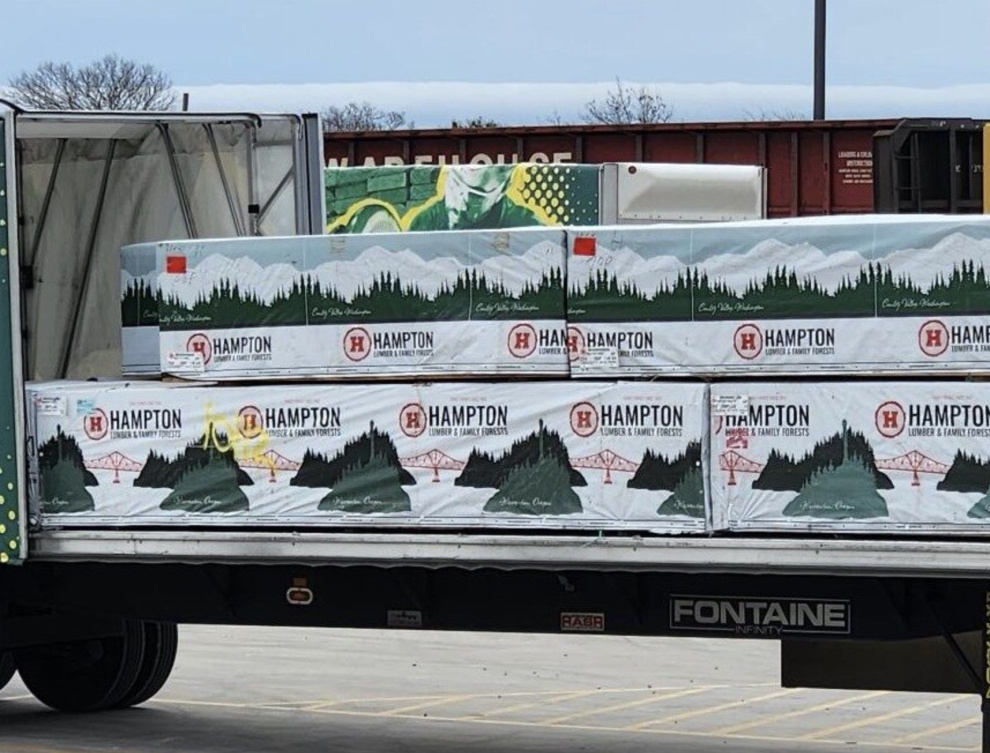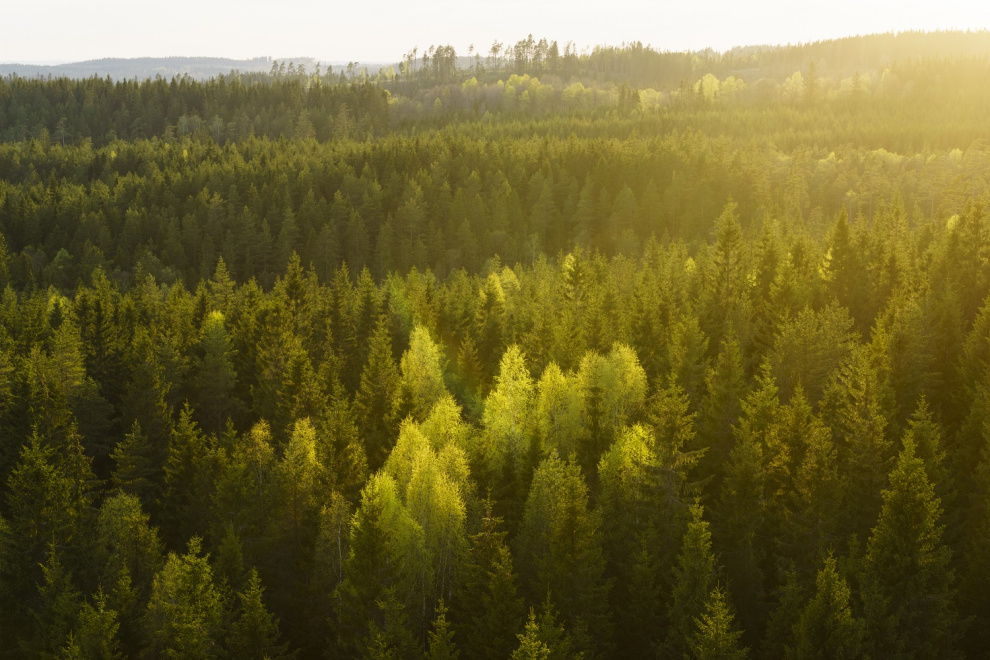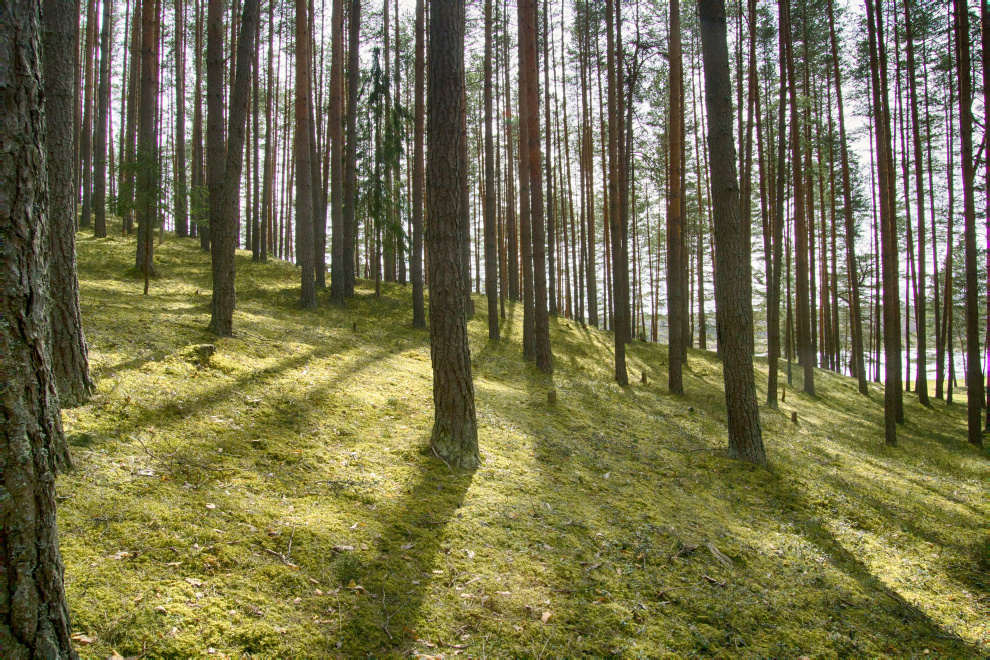The new waste wood recycling plant will process regional class A1 and A2 waste wood to produce pressboard pallet blocks. Pfeifer is also modernizing the log cutting process at the Uelzen site: a new, high-performance sawing line is set to replace the more than 30-year-old system in the second half of 2025.
The project is expected to increase the converting line's production rate at the packaging level by 8% compared to current performance levels, as well as improve overall line throughput, specifically through improved availability and a faster average speed.
Trees For Life will collaborate with planting partners to plant an average of 24,000 trees annually over five years, for a total of 120,000 trees in communities across southern Ontario.
Funding supports forest-based manufacturing, wildfire mitigation, and energy independence across rural America.
Now the groundbreaking ceremony for a new customer center and a modern company restaurant, with an investment volume of around Euro 40 million, has taken place.
Upgrades total $191 million CAD and include a new log processing system and finished goods warehouse with completion set for the second quarter of 2027.
The installation is expected to be completed in Q2 2026 and will create about 20 jobs.
3500 tonnes per day recovery boiler will boost renewable power output and cut emissions.
Facility will compress wood residues into dense bales for bioenergy, animal bedding and fiber industries.
New facility can produce enough lumber for 14,000 homes and reserves 40 hectares for mass timber expansion.
The investment will accelerate PulPac’s research and development over a five-year period (2025–2029), with a focus on next-generation food service and retail packaging.
RemaSawco receives order from Holmen worth just over SEK 1.1 million ($114,702).
As part of the agreement, the world’s first industrial AeoniQ plant will be constructed at Altri’s Caima pulp mill. Construction is expected to begin in 2026 with an initial capacity of 1,750 tons per year.
Yueyang Forest and Paper Company’s new machine in Yueyang, Hunan Province, will produce 450,000 tons of fine paper per year.
Norra Skog plans to increase production by 10,000 m3 per year. The first steps will be taken this summer and the reconstruction will be completed in the fall of 2026.
This investment reduces production waste and uses circular life cycle inks, significantly minimising waste generation.
The new mill will specialize in producing high-quality Southern Yellow Pine framing lumber. This will be the company’s first new sawmill on the East Coast and once fully operational, will provide 125-140 new jobs in the area.
Equipped with the latest technologies, the new production line enables precise tuning of adsorptive performance through detailed control of adsorbent types, blends, and content levels.
The projects range from soil and growing forests to innovative solutions contributing to the green transition.
National supply shows elasticity below 1 (PNW at 1.5), while South-Central’s 25-year rotation growth of nearly 200 m³/ha delivers positive NPV on planting.
